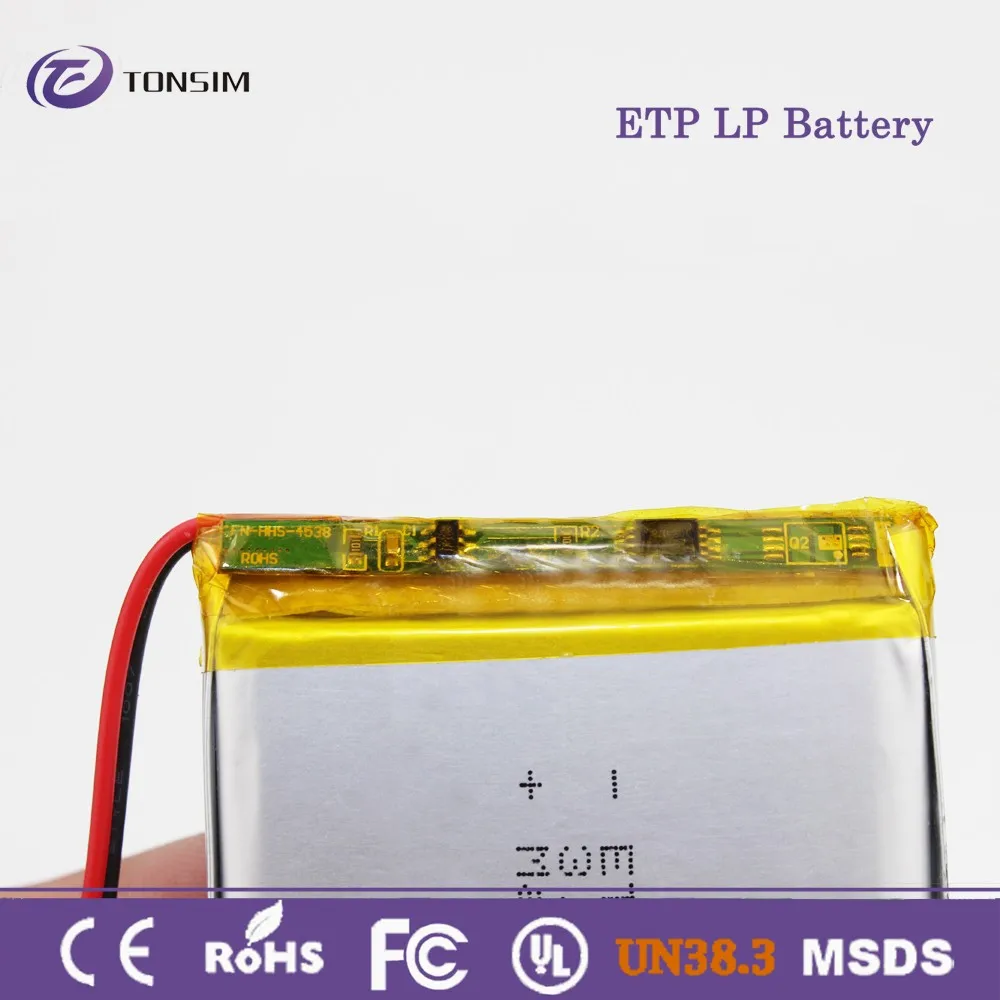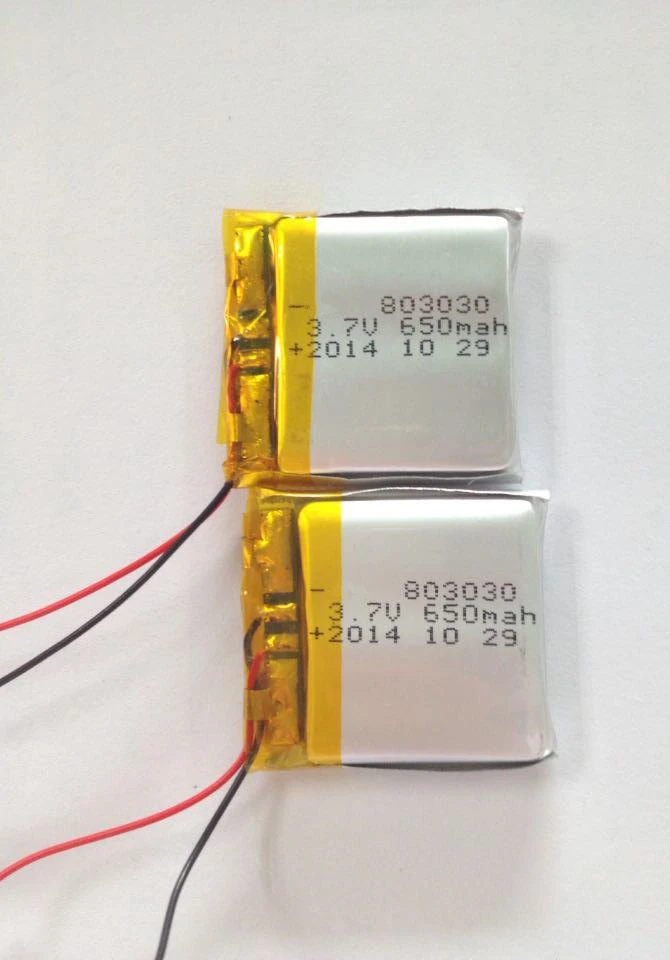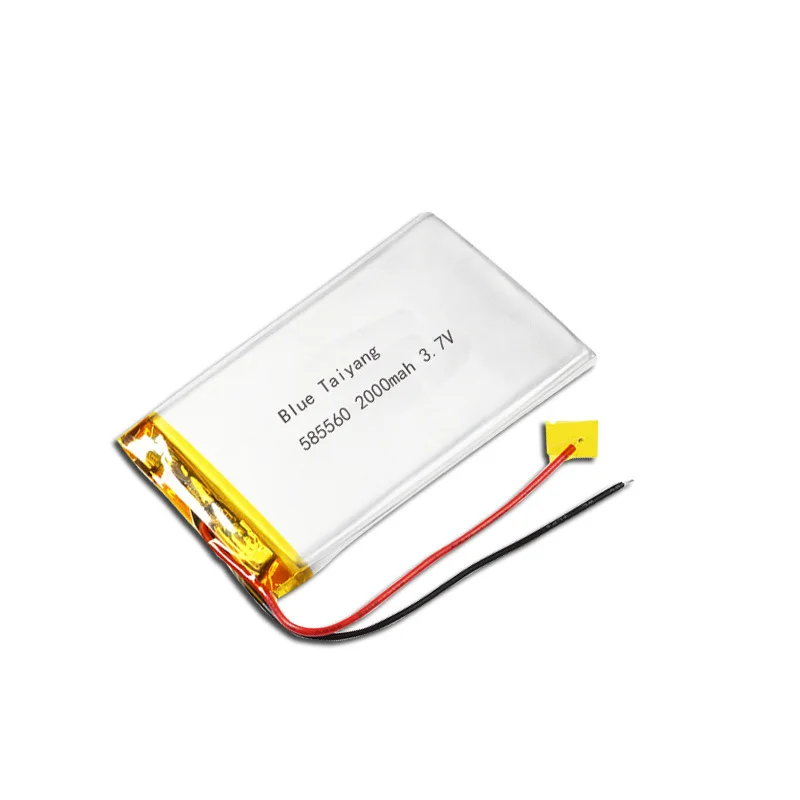

The construction techniques used for the lithium polymer batteries also enable them to be made in a variety of shapes and this is very attractive for mobile phone and laptop manufacturers who may need odd shaped batteries to fit into their very tightly packed equipment. This enables the batteries to be made much lighter - in facts there is often a weight saving of around 20% or more. The lithium polymer batteries use a foil type case and laminated sheets within the battery. This is very attractive for many manufacturers who are always seeking to have slimmer equipment laptops, phones, etc. These can be made very much slimmer than the more traditional ones. Lithium polymer cells use a foil pouch type of format, which has been described as being similar to chewing gum packages. Traditional lithium ion batteries mainly use a cylindrical cell configuration or a box configuration known as 'prismatic' cells. Often for items like power banks, etc, USB power sources are used, but the internal charging electronics hardware controls the process - the same circuitry can be typically be used.įor lithium polymer batteries and cells, different manufacturing approaches are employed. The charge and discharge characteristics for the lithium polymer cells are identical to the standard types and therefore the usual charging mechanisms can be used.

In this way the same anode and cathode materials are used, the only difference is the electrolyte and separator, although the same amount of electrolyte is normally used. and in this respect lithium polymer technology is not considered to be a different battery technology, but an enhancement to the types of lithium ion battery already available. The lithium polymer approach can be used with most lithium ion battery technologies: Lithium cobalt, lithium phosphate, lithium manganese, etc.

The micro-porous separator is needed with the lithium polymer battery instead of the more usual porous separator used with standard types. Also most of these batteries use a micro-porous separator. In terms of the basic technology, the lithium polymer battery differs from other forms of lithium ion battery in terms of the electrolyte that it uses in this case it is a form of polymer.The modern lithium polymer electrolytes use a gel and this enables good conductivity at room temperature. The industry literature often refers to cylindrical and prismatic cells as using the traditional lithium ion technology, and lithium polymer, lithium poly or even pouch batteries for the lithium polymer technology. There are many terms that are used when looking at lithium polymer and even lithium ion batteries. Many power banks are advertised as using lithium polymer technology What is lithium polymer technology If there are differences in the technology, what at lithium ion batteries, and also what are the differences in performance. It may be for a new equipment design or even when buying a new power bank. It is often necessary to compare the performance of lithium ion vs lithium polymer and balance the advantages and disadvantages of each type. Some power bank batteries are described as lithium polymer and there are differences between the more traditional lithium ion and the more niche lithium polymer batteries. The term lithium polymer battery appears in the marketing and product descriptions for a variety of lithium ion batteries.
#Lithium ion polymer battery overview how to
Li-ion technology Types of lithium ion battery Lithium polymer battery Li-ion charging Li-ion advantages & disadvantages How to preserve lifetime of lithium ion batteriesīattery Technology Includes: Battery technology overview Battery definitions & terms Zinc carbon Alkaline Zinc air cells NiCad NiMH Li-ion Lead acid What is a Lithium Polymer Battery The term, lithium polymer is applied to many lithium ion batteries, so what is the difference and is their performance any better - lithium ion vs lithium polymer


 0 kommentar(er)
0 kommentar(er)
